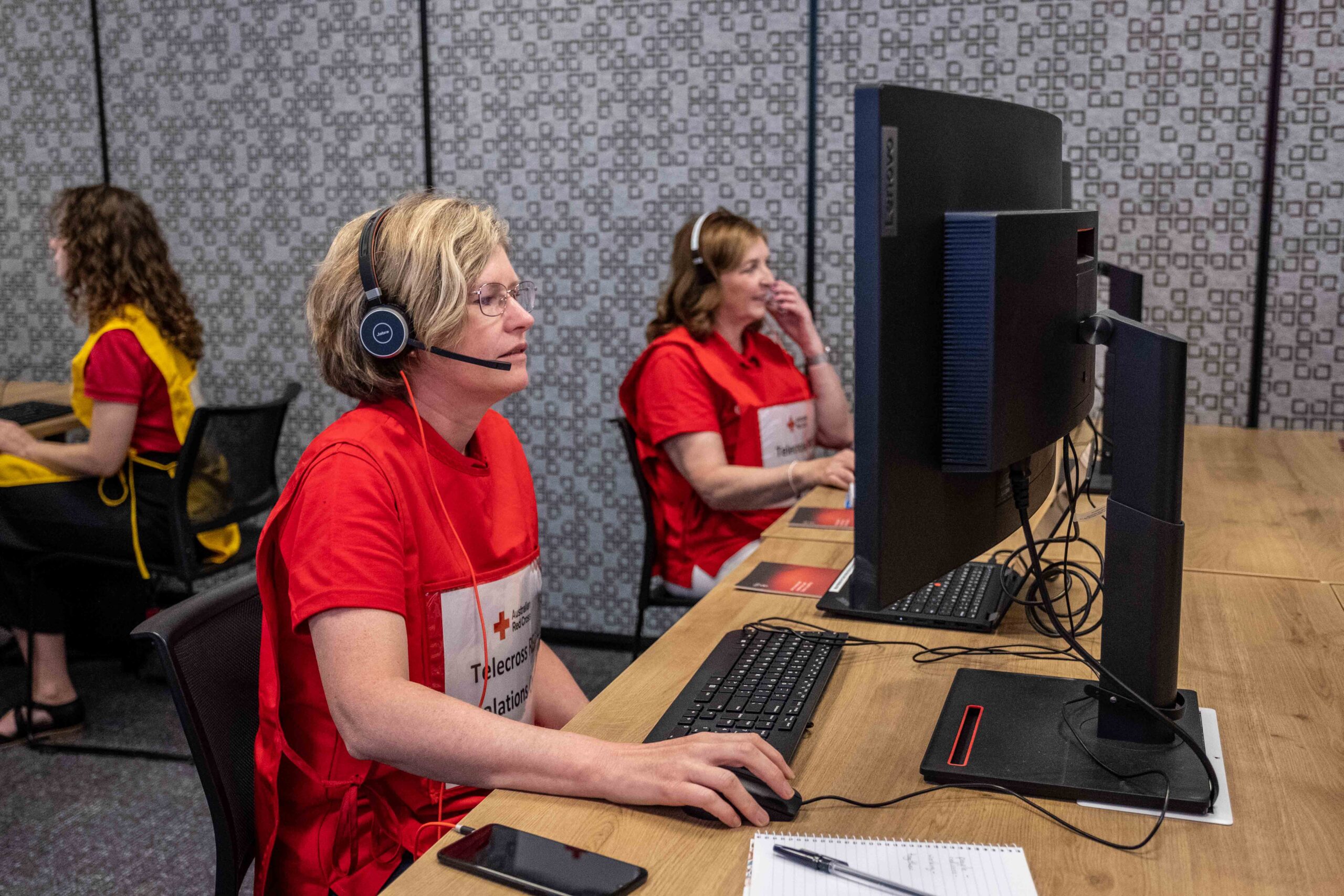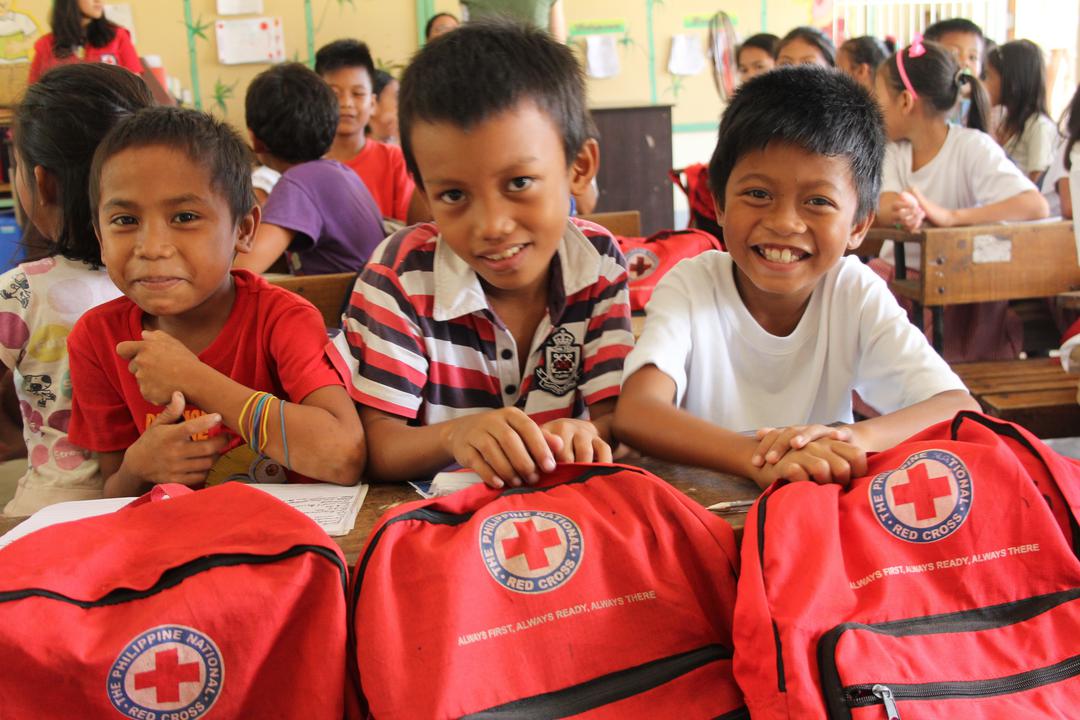Japan spent decades making itself earthquake resilient. Here’s how
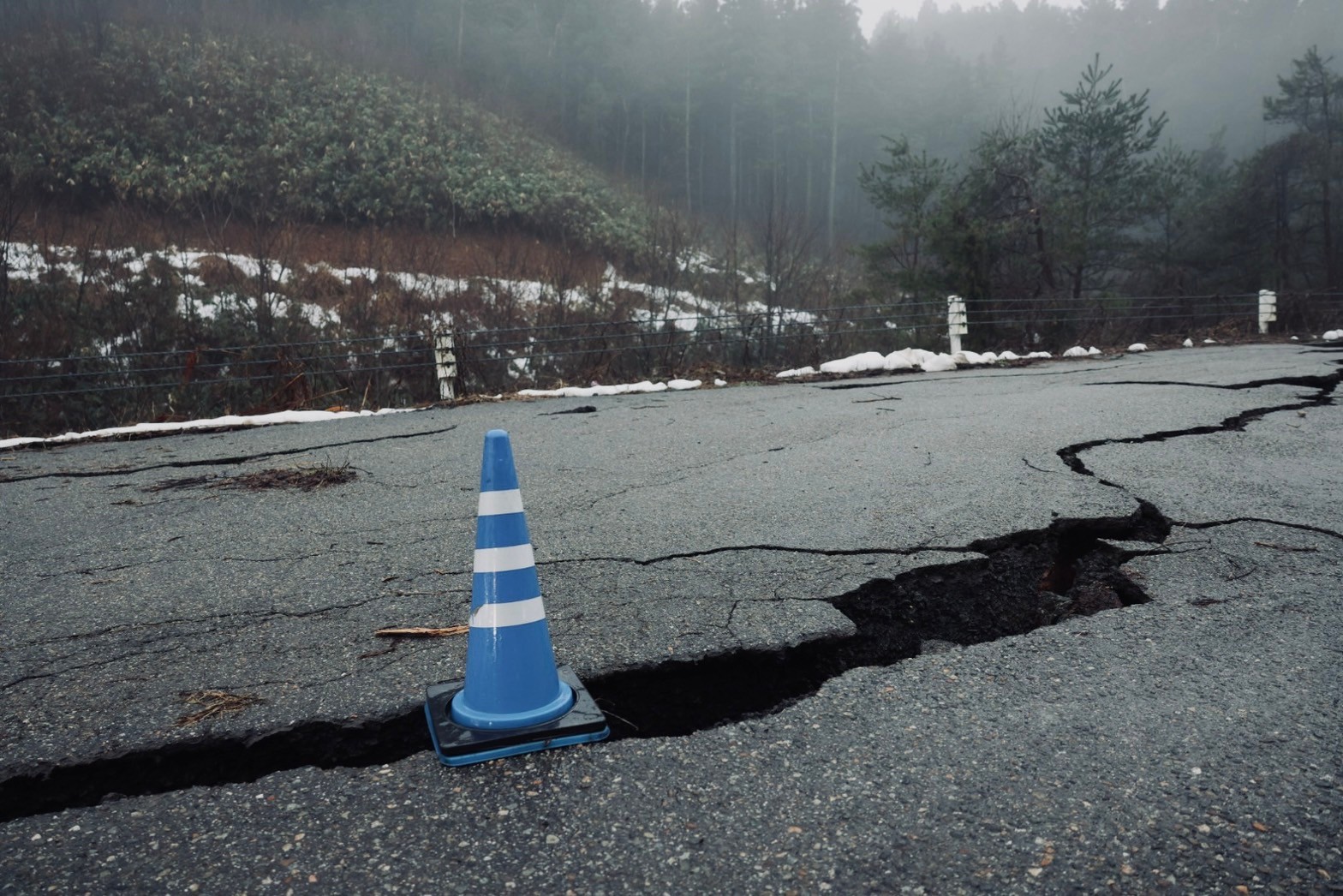
This story was prepared and originally published by National Geographic.
Japan has earned a reputation as one of the most disaster-ready nations in the world due to its seismic codes and culture of preparedness, much of which was built on knowledge from previous disasters.
Three days after a major earthquake shook the West Coast of Japan, a difficult search for survivors is still underway. The magnitude-7.6 earthquake off the coast of the Noto Peninsula produced the strongest shaking the region had experienced in decades, triggering a tsunami evacuation order for nearly 100,000 people. While the damage assessments are still trickling in, early reports estimate hundreds of houses were destroyed by the quake and subsequent fires, and more than 80 deaths have been confirmed as of January 4.
But seismologist Lucy Jones believes the intensity and offshore location of this earthquake could have produced significantly more devastation had the nation been less prepared. On X, Jones praised Japan’s “strong, enforced building codes,” which she says resulted in the damage being “much less than it could have been.”
Japan is one of the most seismically active nations in the world. Its location between four tectonic plates meaning that earthquakes are a matter of if, not when. Though they often go undetected by the people walking above them, seismic tremors are a daily occurrence in the country, which the EarthScope Consortium reports experiences around 1,500 noticeable earthquakes each year. Given this risk, finding ways to live with earthquakes is woven into the physical and social makeup of Japanese communities.
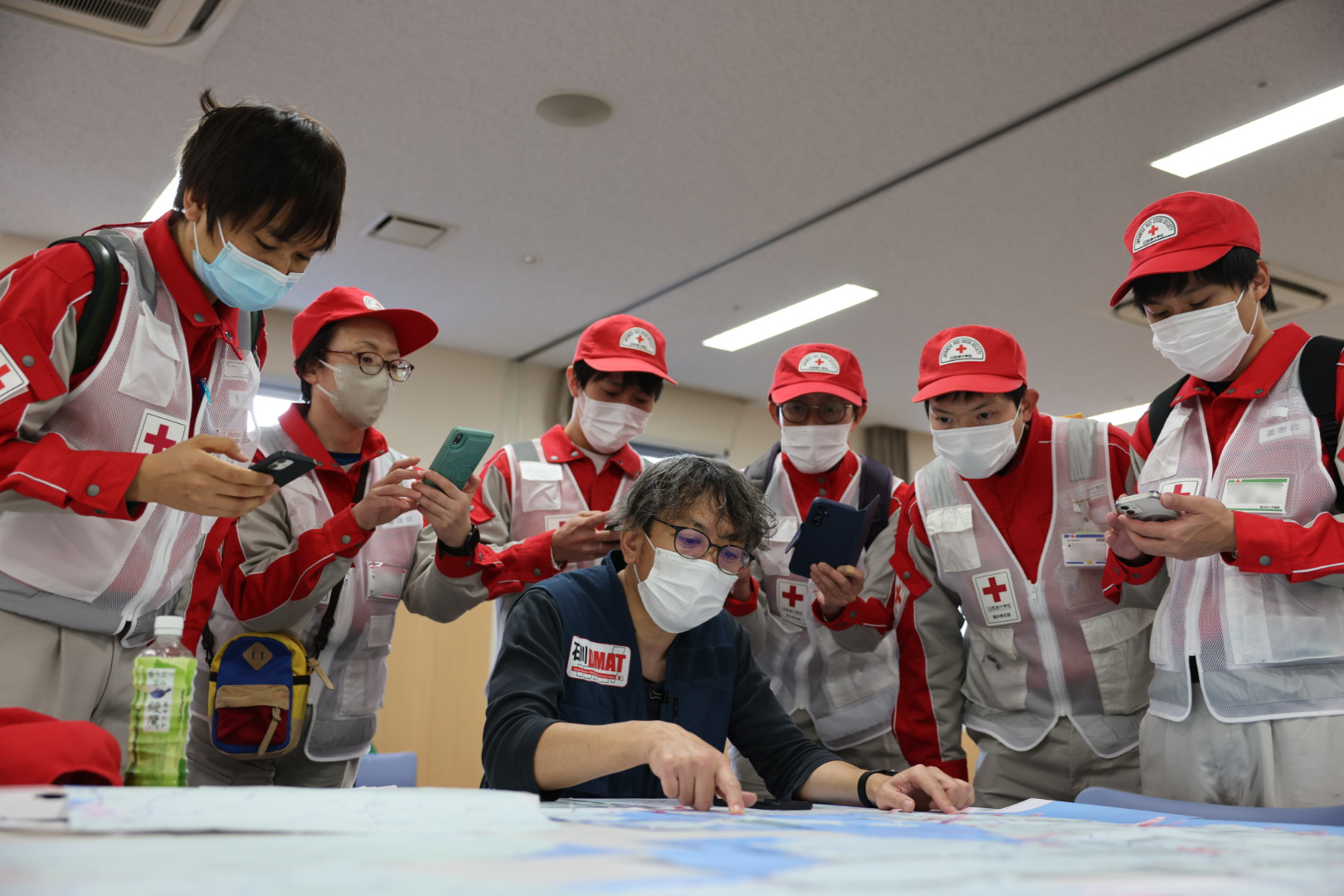
Adapting to major earthquakes
Understanding how to best prepare for major earthquakes is often hard-won, stemming from knowledge gleaned from past disasters, says Keith Porter, chief engineer for Canada’s Institute for Catastrophic Loss Reduction. In Japan, seismic regulations for building codes were first introduced after a magnitude-7.9 earthquake in 1923 killed more than 140,000 people and reduced hundreds of thousands of structures to rubble. These early regulations were focused on strengthening new structures being built in urban areas, adding oversight to the construction of wood and concrete buildings.
The seismic code has undergone a number of significant changes in the decades since, most notably through the Building Standard Law of 1950 and the New Earthquake Resistant Building Standards Amendment in 1981. Along with providing construction specifics, these pieces of legislation established expectations for how buildings are expected to perform during earthquakes. The 1950 Act established a standard in which buildings were expected to withstand earthquakes up to a magnitude-7 without serious issue. The 1981 Amendment gets a bit more specific with what that damage can be, stating that when earthquakes up to a magnitude-7 strike, a building should only sustain minor damage but still function as usual. For stronger earthquakes, Japanese law says the building should simply not collapse.
In other words, when it comes to withstanding major earthquakes like the one struck on the first day of 2024, “the building is considered a success if it doesn't collapse and kill anybody, even if the damage is so extensive that it cannot be economically repaired,” Porter explains. Similar standards are the norm in North America, he added, with the focus set on saving lives rather than long-term structural integrity. While that is a clear priority, Porter says the acceptance of degrees of damage can ultimately lead to higher costs and more upkeep issues damages down the road.
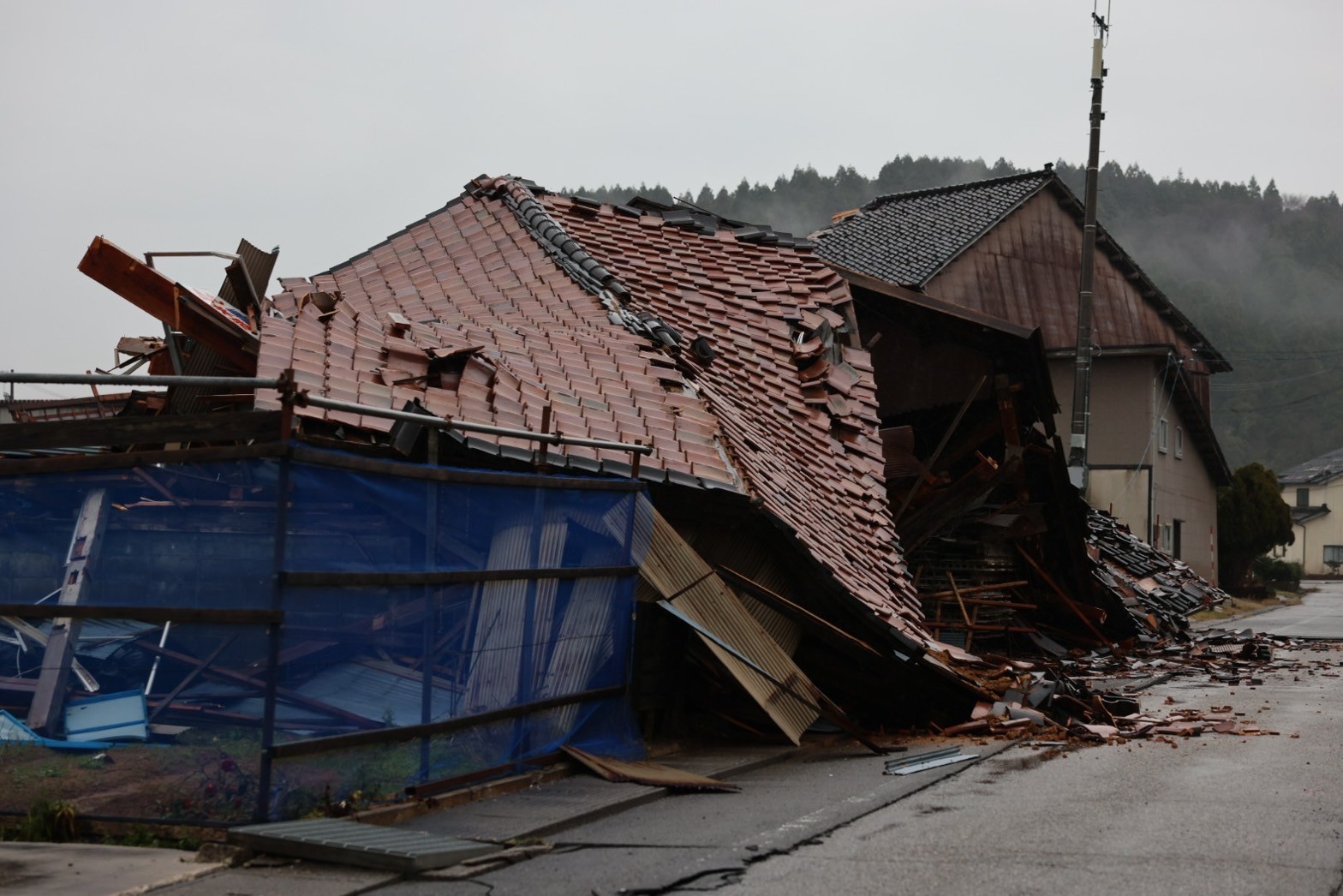
Designing for Shaking
There are a number of different techniques that achieve these standards in Japan, with the choice of which to use often depending on the type of structure — such as a skyscraper or single-family home — and the budget available, along with other considerations. At a base level, buildings are fortified with thicker beams, pillars, and walls to better withstand shaking.
There are also techniques to help separate buildings from the movement of a shaking ground. One popular method is installing pads made of absorbent material like rubber at the base of a building’s foundation, dampening the shock of movement to the structure itself. Another approach, the base isolation system, calls for not just having these pads at the base, but building the entire structure atop thick padding so that there is a full layer of separation between the unit and the moving earth.
Porter notes that many older Japanese buildings are traditional post and beam wood frame construction, which “tends to be very fragile” and vulnerable to earthquake damage. Following another deadly earthquake in 1995, Japan began focusing on retrofitting older architecture to be more resilient to earthquakes.
Of course, none of this is foolproof. Specific challenges arise depending on the location of a building, such as if it is in a liquefaction zone, in which the ground can no longer support the weight of structures. And then there are the secondary consequences that often follow major earthquakes, such as fires igniting or tsunami damage.
That’s why building safety is just one part of Japan’s approach to earthquake resiliency.
Following the New Year’s Day earthquake, University of Tokyo professor Toshitaka Katada told the Associated Press he believes there are “probably no people on Earth who are as disaster-ready as the Japanese” given the preparedness measures that are considered routine in the country, like evacuation planning and drills. Evacuation centers, often schools or other community gathering spaces, are equipped with emergency supplies, and residents are told to have emergency supplies available at their homes, as well. The country also has a robust warning system, which was triggered for both this week’s earthquake and tsunami threat.
This is another example of how previous disasters area in which learnings from previous disasters has helped shape this emergency system, according to social scientist James D. Goltz, a guest scholar and fellow with the Disaster Prevention Research Institute at Kyoto University. Following the 2011 Great East Japan Earthquake, a magnitude-9 quake that triggered a deadly tsunami, Goltz says there has been an “real emphasis on education” and the role of not just “hard mitigation strategies,” such as infrastructure improvements, but also “soft mitigation strategies” like improving warnings and identifying tsunami-safe centers.
Already, Koichi Kusunoki, a professor at Earthquake Research Institute at the University of Tokyo, said he and his colleagues are conducting field surveys along the Noto Peninsula, offering an opportunity to better understand the major earthquake’s effects. As past disasters have proven, this research can be the first step towards understanding how residents can be safer the next time the ground begins to shake.

